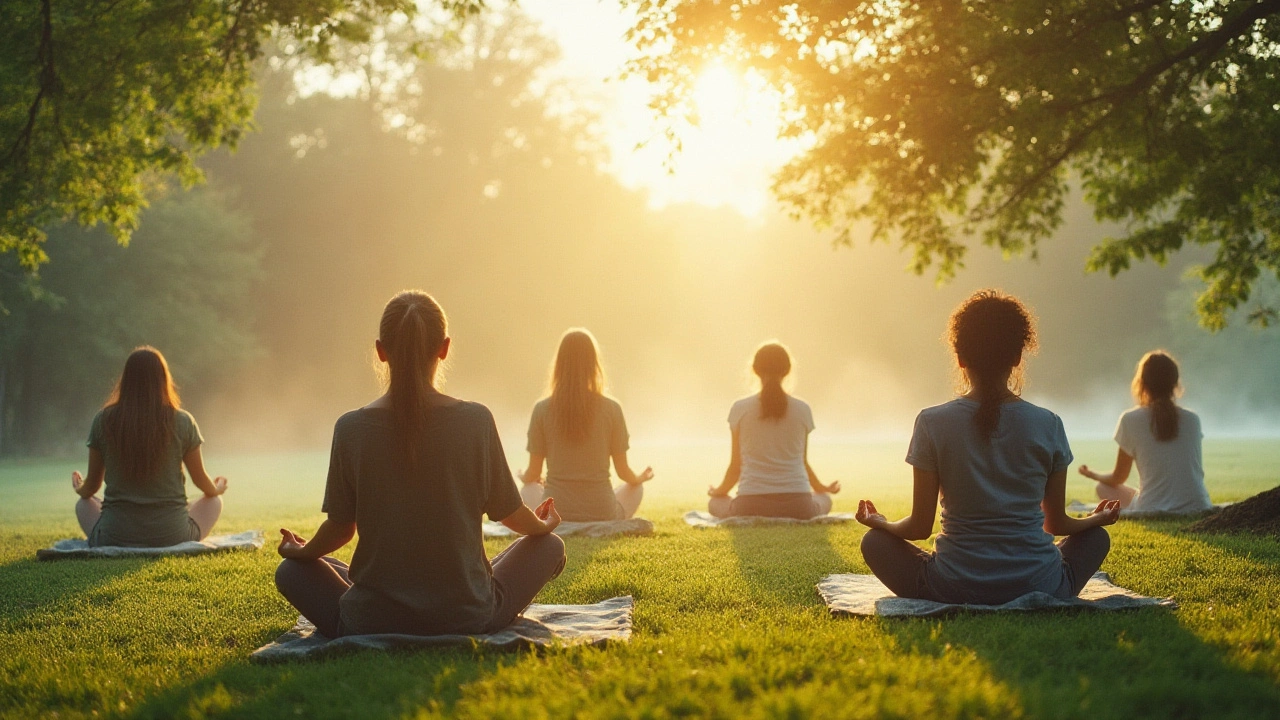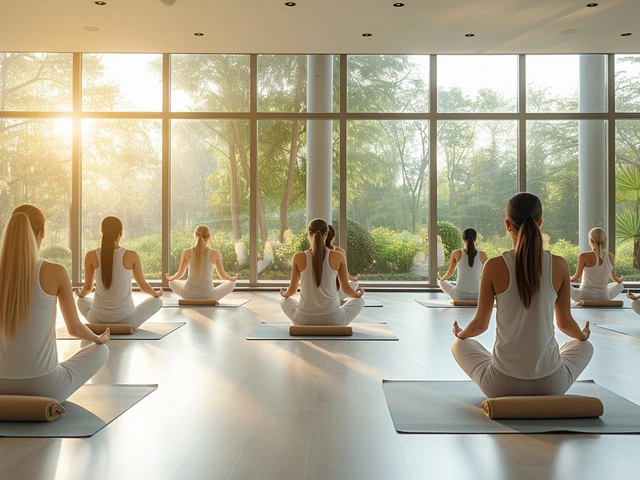Mindful Movement: Simple Ways to Move with More Ease
Mindful movement means paying attention while you move. It's not about fancy workouts or forcing your body—it’s about small, clear choices that change how you feel. Want less pain, better balance, or more energy? Try a few of these practical moves and ideas you can use today.
Quick at-home mindful moves
Start with breathing. Breathe in for four counts, out for six. Do this sitting or standing for one minute. Slower exhale calms your nervous system and makes movement easier.
Try a gentle body scan. While standing, tilt your chin down, then up. Notice where tension lives—neck, shoulders, low back. Name the spot in your head and then move it with a tiny, slow motion. Naming helps your brain relax the area.
Use slow range-of-motion drills. For shoulders, do a slow pendulum swing: lean forward, let one arm hang, swing in small circles for 30 seconds. For hips, do seated hip circles—hands on knees, rotate slowly both directions. These movements improve joint feel without strain.
Move in patterns, not just muscles. Walk for five minutes paying attention to how your foot lands. Is your weight to the inside or outside? Adjust by a few degrees. This simple shift can change knee and hip stress.
How to choose a practice or therapist
Look for teachers who ask questions. A good Feldenkrais, Hellerwork, or Ortho-Bionomy practitioner watches how you move and gives small, clear corrections. They should show you a gentle option if something hurts.
Match the method to your goal. Want posture and long-term alignment? Try Hellerwork or Rolfing styles. Need gentle pain relief or nervous system support? Ortho-Bionomy and Feldenkrais fit well. For relaxation plus movement, Esalen or Lomi Lomi-inspired sessions can help.
Check credentials and experience. Ask how long they’ve worked with your issue. Read one clear client story or two. If you feel heard during the first call, that’s a good sign.
Keep it short and regular. Five minutes daily beats one long session once a month. Build micro-habits: stretch after you wake, add a 2-minute breath before meals, do a soft roll before bed.
When to seek help: if movement causes sharp or worsening pain, numbness, or sudden changes, see a medical professional. Mindful movement helps most chronic aches, but it’s not a replacement for urgent care.
Want examples from practice? Try Feldenkrais lessons for better flexibility, Amma for back tension, or trigger-point work for stubborn knots. Each method focuses on awareness first, force last.
Start small, stay curious, and notice change. With a few mindful minutes each day you can ease pain, move smarter, and feel more like yourself.

Feldenkrais Training: Unlocking Mindful Body Movement for Lasting Wellness
Discover how Feldenkrais training can transform your mind and body through mindful movement. Explore its science, practical tips, and real-life stories in this comprehensive guide.
Categories
- Health and Wellness (148)
- Alternative Therapies (86)
- Massage Therapy (40)
- Travel and Culture (15)
- Beauty and Skincare (9)
- Holistic Health (8)
- Health and Fitness (5)
- Spirituality (5)
- Other (2)
- Personal Development (2)
Popular Articles



